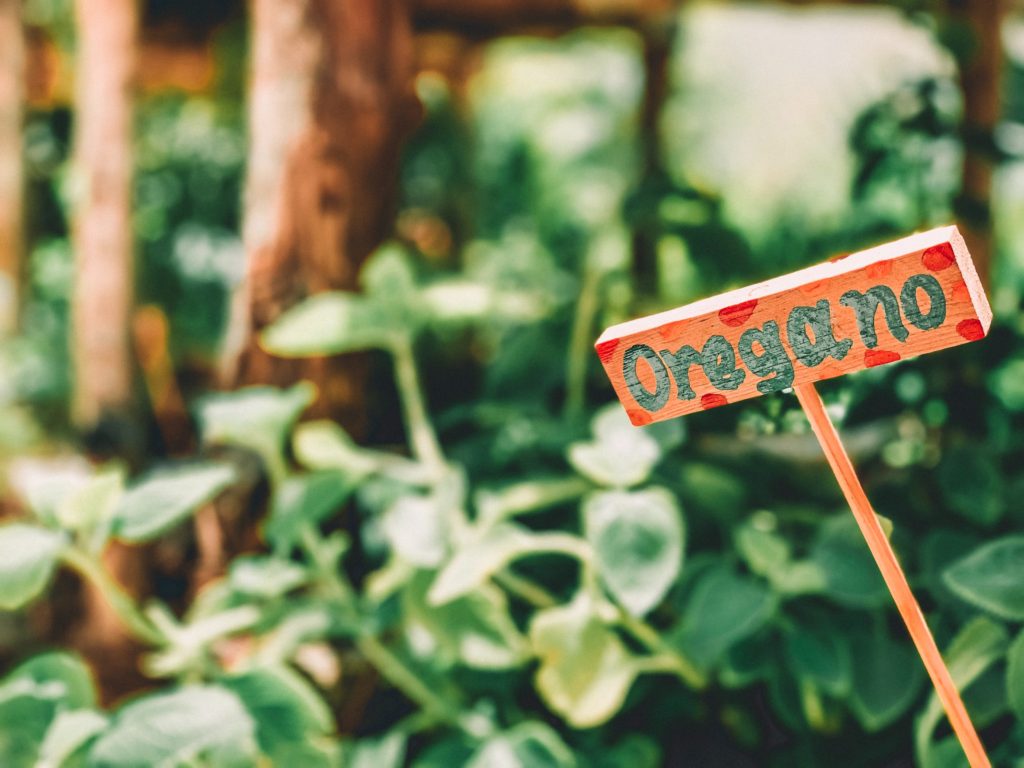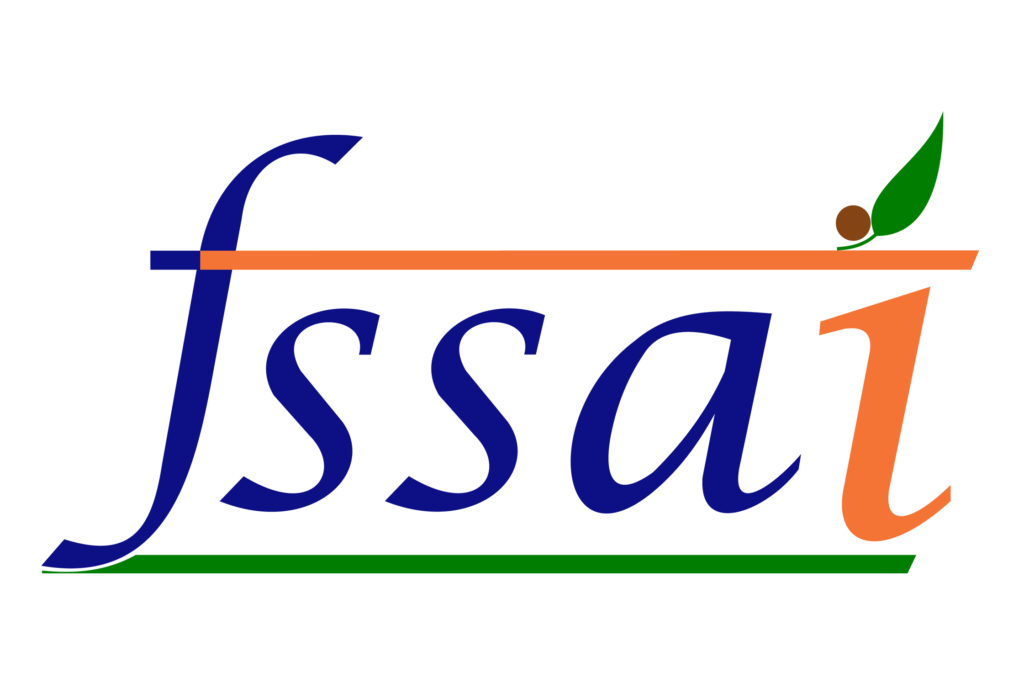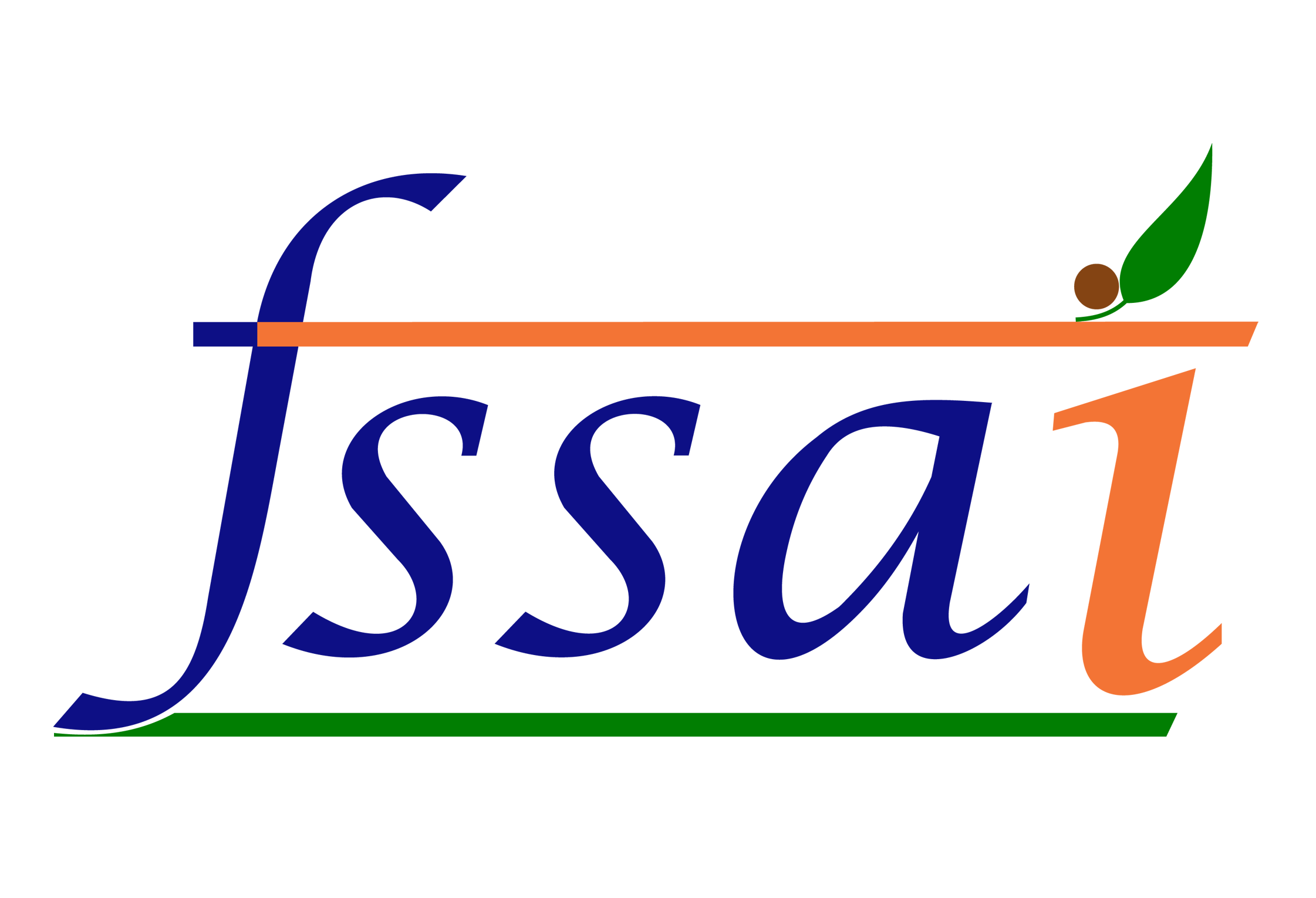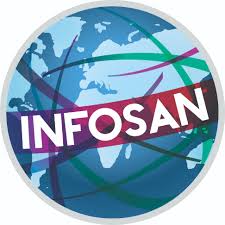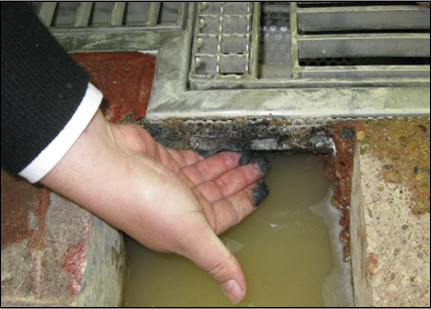“To Do or Not to Do, that is the question” and looks like FSSAI has no good way to answer that. The International Food Safety Authorities Network (INFOSAN) alerted the FSSAI in India about Salmonella being present in dried Oregano from Chile in a batch that was supplied to Sweden. So The Food Safety and Standards Authority of India (FSSAI) issued an advisory dated July 1st, 2021 ordering complete recall of the product from the market. As per the order available here, it said that the same product was also imported into India by Keya Foods International and advised the customers not to consume it and return it back to the shop/store from where it was purchased. The key thing missing was how was the customer supposed to know which Oregano product was to be returned or should the customer return any oregano they ever bought from Keya?
The notification was also copied to Food Safety Commissioners for all the states and union territories to take further necessary actions including recall. But the question remains as to what were the states supposed to do? Was each state expected to go back to Keya and ask for the equivalent batch number of the consumer pack?
Keya’s Statement after recall announcement
After the advisory was issued by FSSAI, on recall of oregano imported from Chile, a representative from Keya stated that “Keya has not received any product directly from Chile after November 2020 or from Sweden,” and all batches supplied to Keya have been tested and found negative for any contamination. They appealed to the FSSAI to clarify if the same alert is applicable to Keya and to review the recall advisory at the earliest.
Now are the consumers supposed to return the Keya product or not? The other thing that was not clarified was that the INFOSAN notification clearly gave details of the shipments to Keya Foods International with a date of 7th May 2021 with destination as Tughlakabad and Keya did not provide any clarification for this. So where did this consignment go, why did it not land in India if its destination was India.

FSSAI withdraws the alert notice on INFOSAN alert regarding detection of Salmonella
Subsequently, on 19th July 2021, FSSAI published another order stating that they have decided to withdraw and terminate the said recall order with immediate effect. The reason cited was that the issue was only detected in consignment shipped to Sweden and the root cause was due to an unusual summer rain in the central zone of Chile that affected this condiment in its drying stage.
So the net outcome of the incident has been that there was a false alarm triggered causing a lot of pain to everyone in the system. This also brings to the forefront the issue of whether FSSAI itself has its own tracking mechanism for the imports that are happening. Food Import Clearance System is a centralized system through which all food imports have to go and this should have been able to give us the required data.
Status of Food Recall System in India
In India, most of the food recalls are initiated and imposed by the FSSAI and not by the companies. Company initiated food recalls are more common in other western countries, whereas strangely they do not announce product recalls in India, despite recalling the same product in the International Market.
Consumers’ focus on food safety is increasing drastically. They deserve a better food recall norm. The Food Safety and Standards Authority of India (FSSAI) has a Food Recall Procedure Regulation in place, but is there a need for stronger enforcement of safety standards and recall data in India?
As a consumer, when you look at the alert notification on oregano recall, the first thing that comes to mind is how do we identify a defective product. In this case FSSAI would have done well to trace the import along with the dates and batched and send the notification to the importer to and ask them to do a forward traceability of the product. Once the traceability was done, the company should have been able to provide the details with batch numbers and issued a recall for those batch numbers, making the recall effective.
This lack of transparency in our recall system is very evident, unlike the U.S. FDA when a company announces a recall, market withdrawal, or safety alert, it posts the company’s announcement on the website and the list of recalled products are updated everyday. The data includes the list of retailers selling the defective product, which helps the consumers to easily identify the recalled product and also remove it from the market shelf. It is evident that a well designed traceability system is the key to an effective recall system. It is a great opportunity for our regulators to check if our recall procedures are well designed to trace the defective products right up to the market shelf.
Fixing our recall system
As we move to more processed foods, which have longer shelf life and are likely to stay in the supply chain for longer, fixing the recall system is key. To start with, FSSAI should make sure that the consumers have all the information they need to avoid exposure to hazardous products, or to seek assistance if they may have been exposed to a recalled food product. It would also have been useful if FSSAI had published a number to which customers could have called if they needed further clarification. The authority should also carry out mock recall drills with manufacturers to ensure that the system is robust and working when the need arises, exactly like other emergency response drills.
False alarms like these reduce the confidence of the consumers in the system. It also ends up affecting the reputation of the brand and could even result in potential financial losses. Doing it right is the moto of all systems and processes and recall should be no exception to that.
Author: Meera V. is a Food Technologist and goes to quite an extent to tell the food businesses what they can do to improve the food safety and hygiene. She is a Senior Associate Consultant at Food Safety Works and regularly audits food businesses to check on their compliance and also plays a crucial role in regulatory and compliance team.

